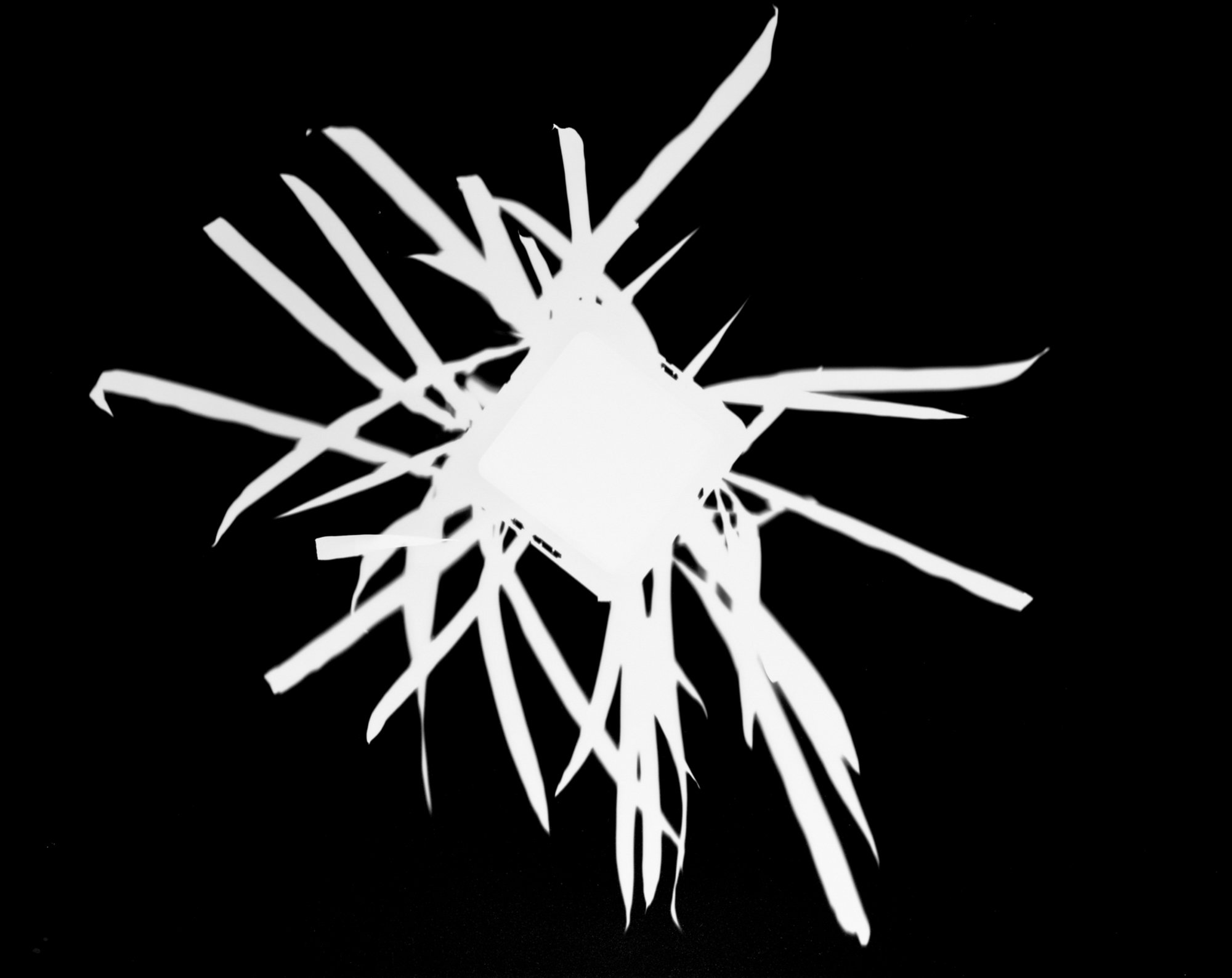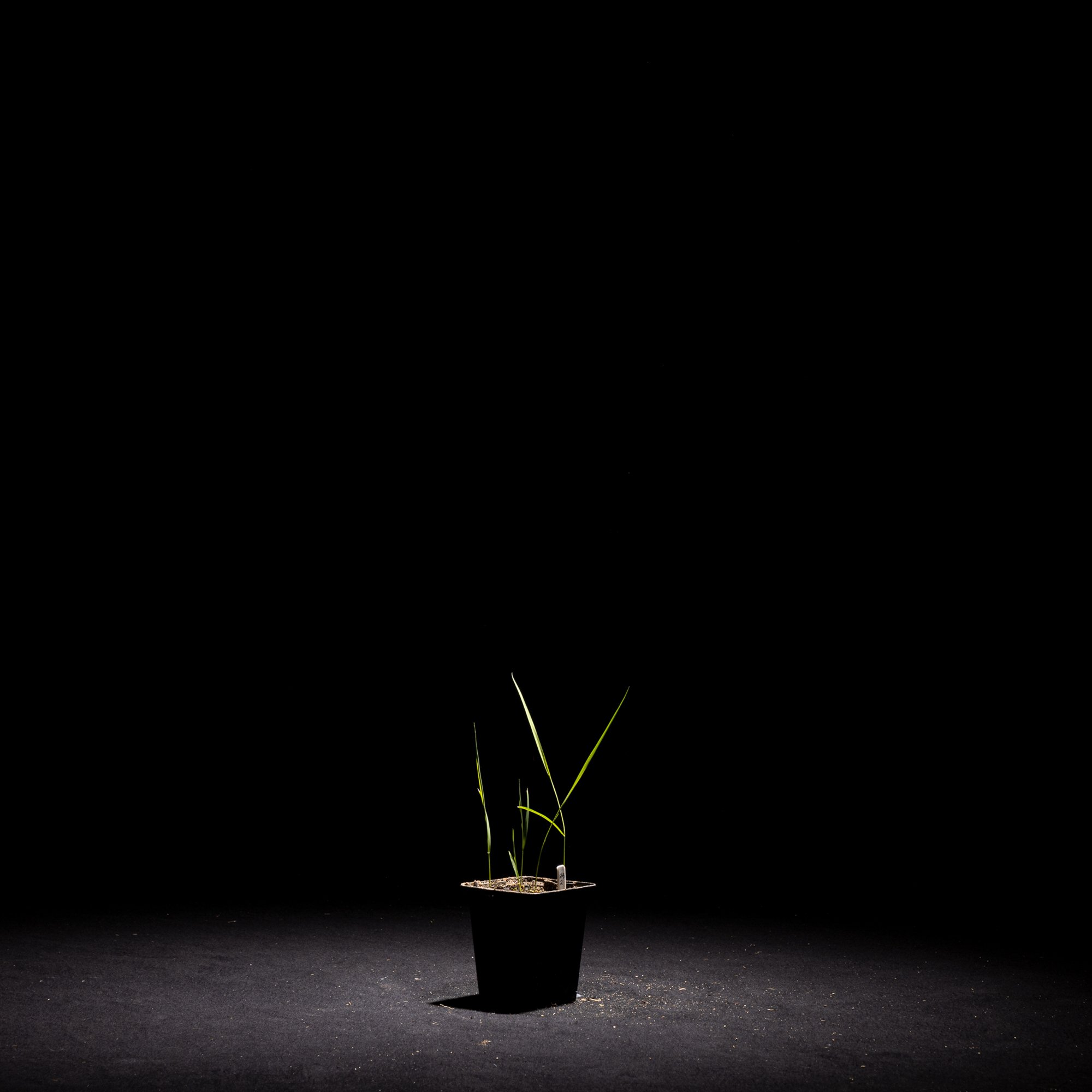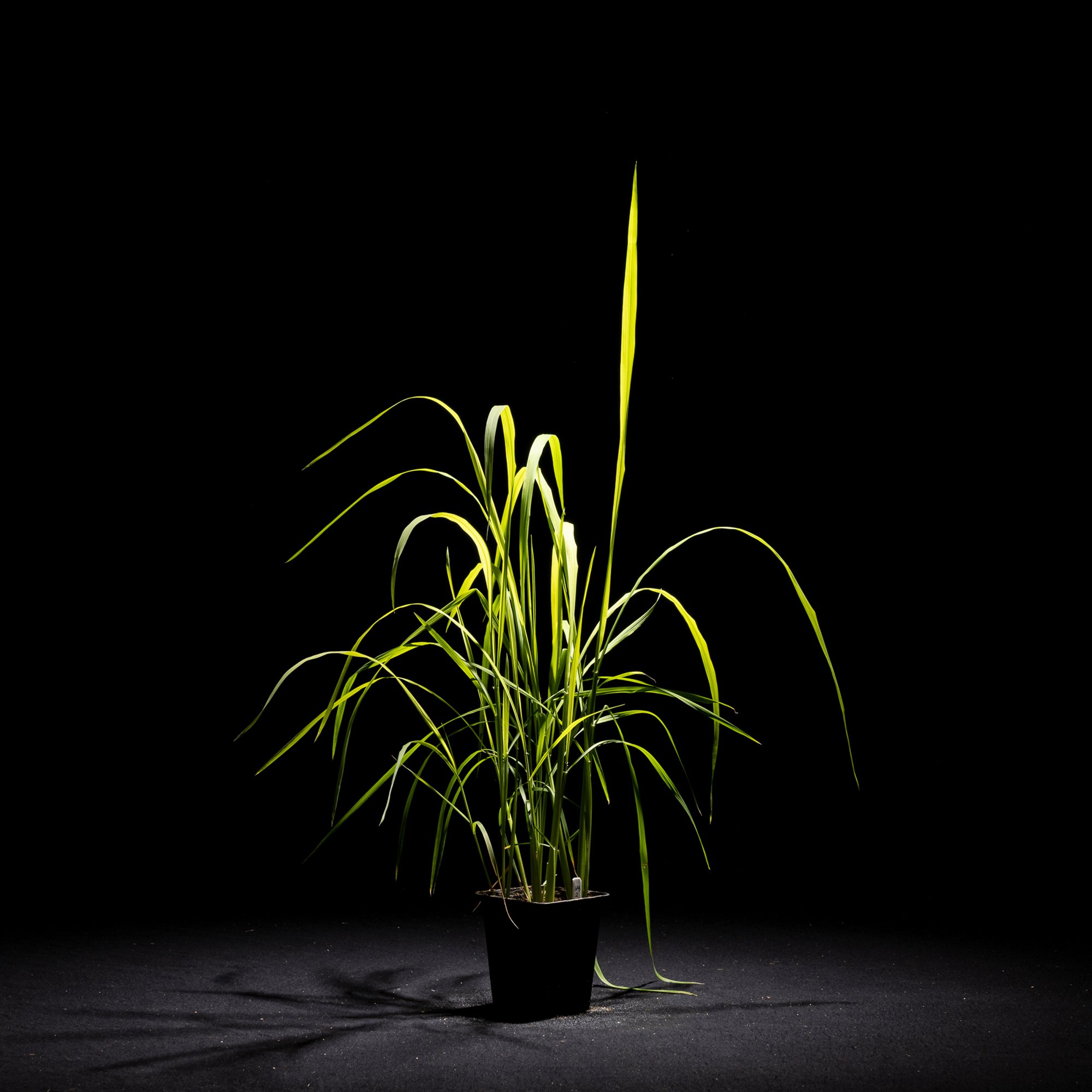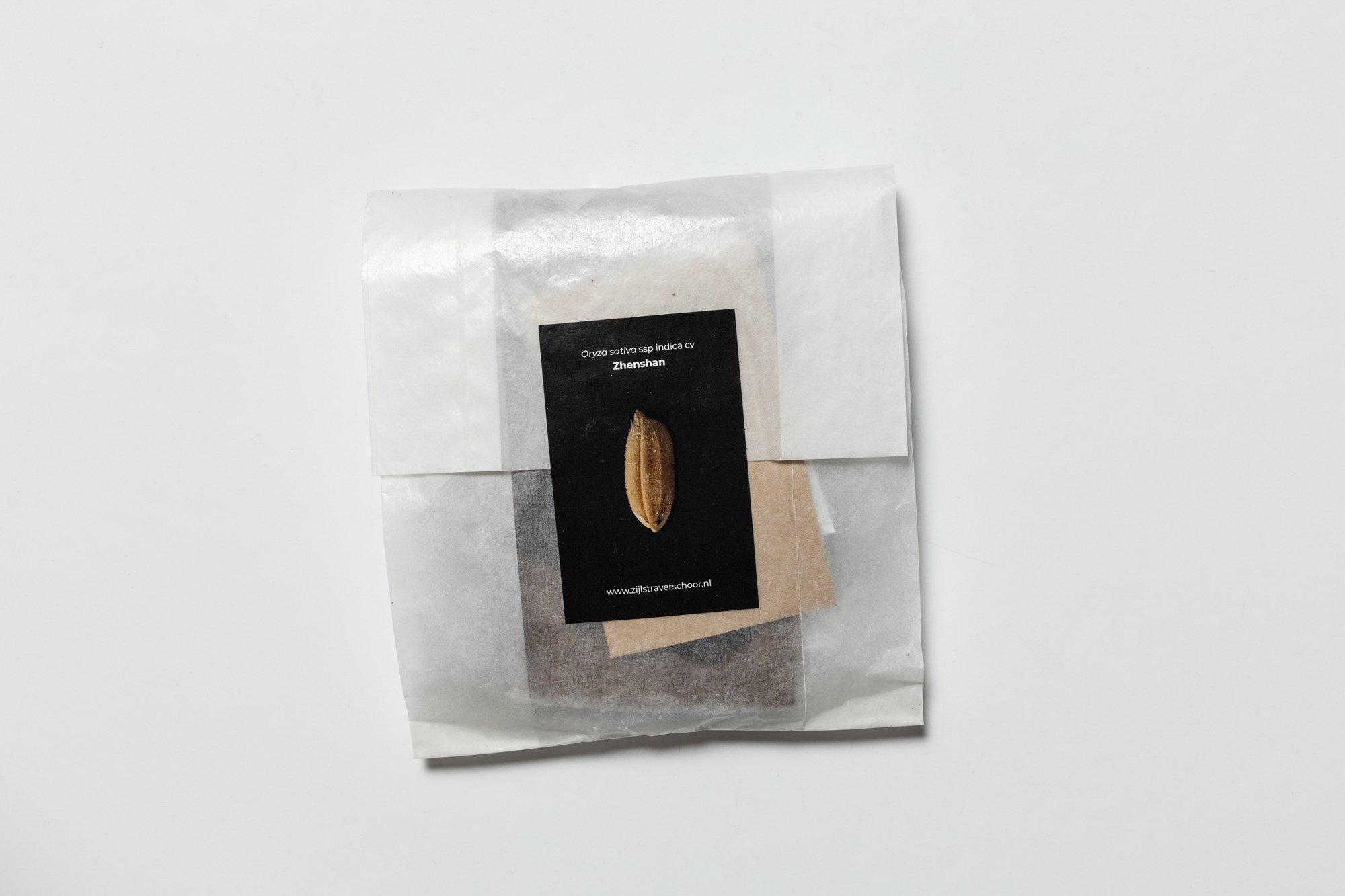
Rice feeds more than half of the world’s human population. As a consequence of climate change, it is becoming more and more difficult to grow rice in wet conditions in a large part of rice farming areas. Weeds, traditionally suppressed by standing water, are becoming a major problem in dry rice farming, which results in excessive use of herbicides.

In urgent need for sustainable weed-control, Dr. Martina Huber investigated how rice shoot architecture could be optimized for weed suppression. She explored the natural diversity of rice varieties and defined which traits make them more competitive against weeds, by over-gowing and shading them.

Rice plants with a fast and bushy growth and a shoot architecture in which leaves are arranged covering the largest possible ground cover, were selected as promising varieties. Insights from her studies can now be used for future rice-breeding and will help to reduce the amount of herbicide usage and enable a more sustainable and climate-change resilient rice-farming.

Even a grassy plant like rice, with its thin and long leaves, has the potential to extend and cover a big area. Being bigger and bushier than neighboring plants gives the plant a natural advantage: it provides the plant with more sunlight and therefore stronger growth, and in addition depriving competing weeds from sunlight, serving as a natural weed suppression.
Mudgo, plant 5, Treatment Group

M Blatec, plant 4, Treatment Group

Zhenshan, plant 2, Treatment Group

Nipponbare plant 1, Treatment Group

Starting from a minuscule seed, the first leaf emerges. This receives light, which gives the plant energy to form another leaf. A cycle of collecting energy from sunlight and forming more leaves starts, following a precise pattern and rhythm dictated by an invisible code. During this cycle, the plant responds to its surroundings. This response differs between varieties, each equipped with a unique code.
Sabharaj, plant 2, control group, week 1

Sabharaj, plant 2, control group, week 2

Sabharaj, plant 2, control group, week 3

Sabharaj, plant 2, control group, week 4

Far-red light is invisible to the human eye, but not so for plants. Exactly this light is perceived by plants as important information about their surroundings and neighboring plants. Far-red light is known to be a signal for plants for dense vegetation, to which the plants react by changing their growth.

As part of our public engagement activities we’ve created Rice growth kits, equipped with all the essentials for bringing a rice plant to life. We’ve used the same 7 types of rice as used in the experiments.



















Rice feeds more than half of the world’s human population. As a consequence of climate change, it is becoming more and more difficult to grow rice in wet conditions in a large part of rice farming areas. Weeds, traditionally suppressed by standing water, are becoming a major problem in dry rice farming, which results in excessive use of herbicides.
In urgent need for sustainable weed-control, Dr. Martina Huber investigated how rice shoot architecture could be optimized for weed suppression. She explored the natural diversity of rice varieties and defined which traits make them more competitive against weeds, by over-gowing and shading them.
Rice plants with a fast and bushy growth and a shoot architecture in which leaves are arranged covering the largest possible ground cover, were selected as promising varieties. Insights from her studies can now be used for future rice-breeding and will help to reduce the amount of herbicide usage and enable a more sustainable and climate-change resilient rice-farming.
Even a grassy plant like rice, with its thin and long leaves, has the potential to extend and cover a big area. Being bigger and bushier than neighboring plants gives the plant a natural advantage: it provides the plant with more sunlight and therefore stronger growth, and in addition depriving competing weeds from sunlight, serving as a natural weed suppression.
Mudgo, plant 5, Treatment Group
M Blatec, plant 4, Treatment Group
Zhenshan, plant 2, Treatment Group
Nipponbare plant 1, Treatment Group
Starting from a minuscule seed, the first leaf emerges. This receives light, which gives the plant energy to form another leaf. A cycle of collecting energy from sunlight and forming more leaves starts, following a precise pattern and rhythm dictated by an invisible code. During this cycle, the plant responds to its surroundings. This response differs between varieties, each equipped with a unique code.
Sabharaj, plant 2, control group, week 1
Sabharaj, plant 2, control group, week 2
Sabharaj, plant 2, control group, week 3
Sabharaj, plant 2, control group, week 4
Far-red light is invisible to the human eye, but not so for plants. Exactly this light is perceived by plants as important information about their surroundings and neighboring plants. Far-red light is known to be a signal for plants for dense vegetation, to which the plants react by changing their growth.
As part of our public engagement activities we’ve created Rice growth kits, equipped with all the essentials for bringing a rice plant to life. We’ve used the same 7 types of rice as used in the experiments.